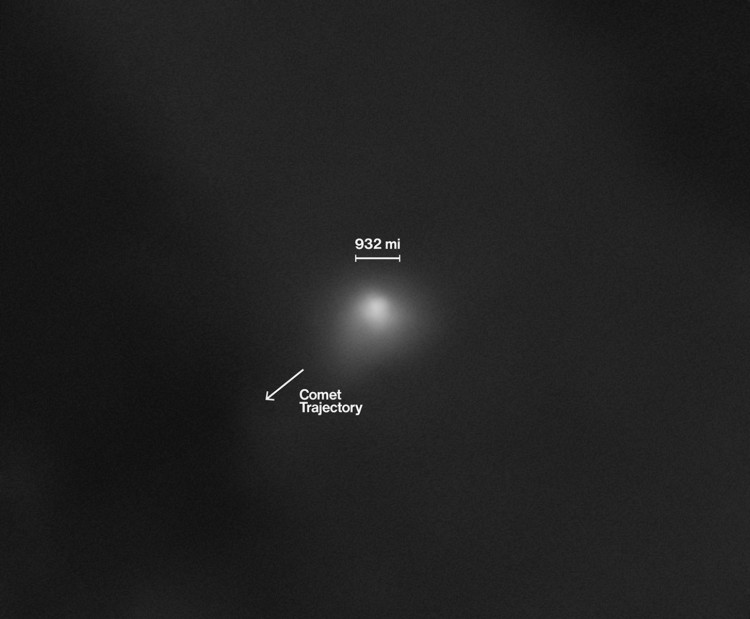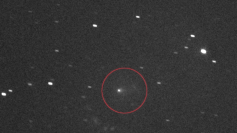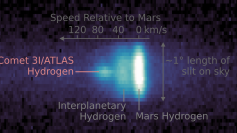NASA's newly released imagery of interstellar comet 3I/ATLAS has triggered a wave of public skepticism and scientific criticism, as high-resolution photographs expected to shed light on the third known interstellar object instead prompted a backlash over their lack of clarity. The dispute has widened into a broader debate involving online commentators, amateur astronomers, and prominent researchers such as Harvard astrophysicist Avi Loeb, who argues that NASA is withholding information that could point to unusual or artificial characteristics.
Images of 3I/ATLAS, discovered in July 2025 and quickly labeled a rare solar-system "visitor," were promoted as an opportunity to examine an object formed around another star. When the images arrived, the public response centered not on scientific discovery but disappointment. Social media posts derided the material as "fuzzy white dots" and "pixelated smudges," contrasting the images with those captured by hobbyists. One widely shared post mocked NASA's release by alleging that "some dude in his backyard with a $500 Walmart telescope just stacked this absolute banger," arguing that amateur efforts displayed "jets, tails, and structure clearer than NASA's entire press conference."
The online frustration broadened into a debate over NASA's description of the comet as a "friendly solar system visitor." Critics said the characterization glossed over observational anomalies already circulating through research channels, including retrograde motion aligned with the ecliptic plane, a probability Loeb has described as only 0.2%. Loeb publicly challenged the framing, stating that the agency was "pretending to be the adults in the room" while revealing little meaningful data and "gatekeeping" information that independent researchers have requested.
The scientific controversies extend well beyond image quality. Loeb and others have cited 12 reported anomalies, including non-gravitational acceleration and a chemical profile rich in nickel but lacking iron. According to Loeb, the object is releasing roughly four grams of nickel per second, a balance he says resembles "industrially-produced nickel alloys" more than natural cometary material. These details have fueled speculation connecting 3I/ATLAS to ideas ranging from exotic natural formation to engineered technology.
As the debate intensified, a separate set of observations emerged from India's Physical Research Laboratory under ISRO, grounding the discussion in empirical measurements. Using a 1.2-meter telescope at Mount Abu between November 12 and 15, 2025, researchers captured images of the comet as it moved away from the Sun. They reported a near-circular coma and documented emission bands of CN, C2, and C3-spectral signatures characteristic of known solar-system comets.
The Indian team calculated molecular production levels consistent with typical comet behavior, a finding that aligns with conventional models and appears to counter the more dramatic interpretations circulating online. Their results introduce a key point into the broader debate: similar chemistry emerging from distant star systems supports the idea that comet formation processes may be universal across the galaxy.
The tension now hinges on whether the unexplained anomalies outweigh the chemical signatures of familiarity. Loeb's assessment of the nickel-iron issue, the atypical trajectory, and the unexplained acceleration continues to circulate among researchers and enthusiasts. Supporters of alternative theories point to those features as reasons for further inquiry. Others argue that variations in outgassing, composition, or nucleus geometry may yet provide natural explanations.




